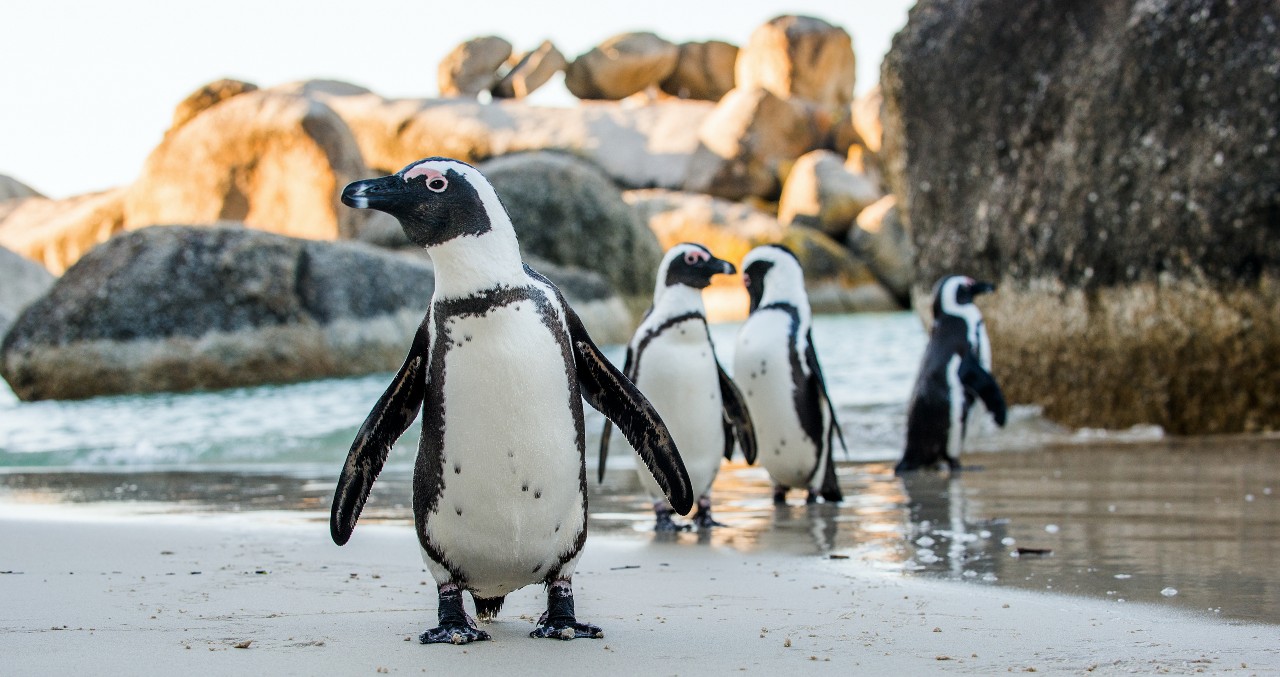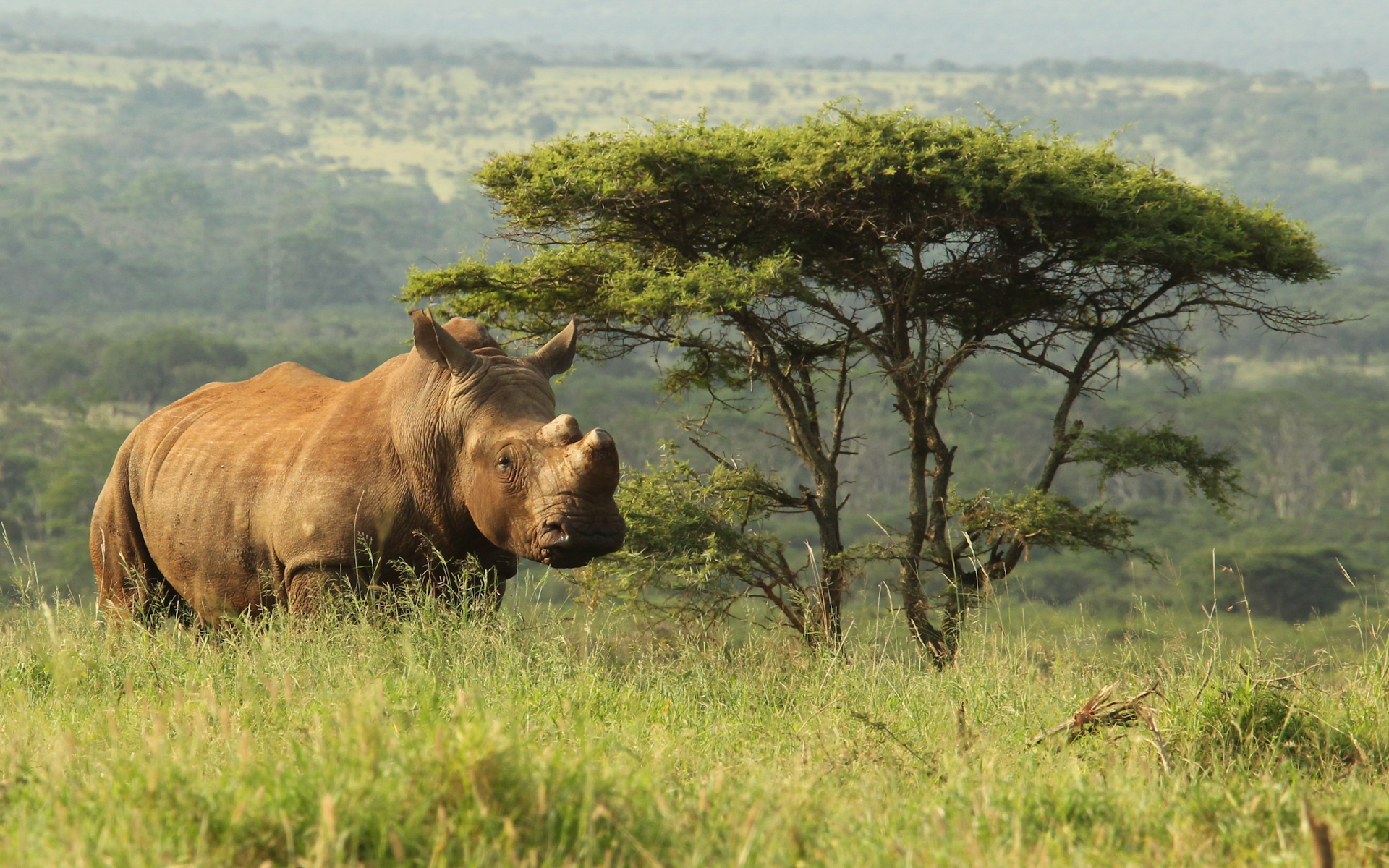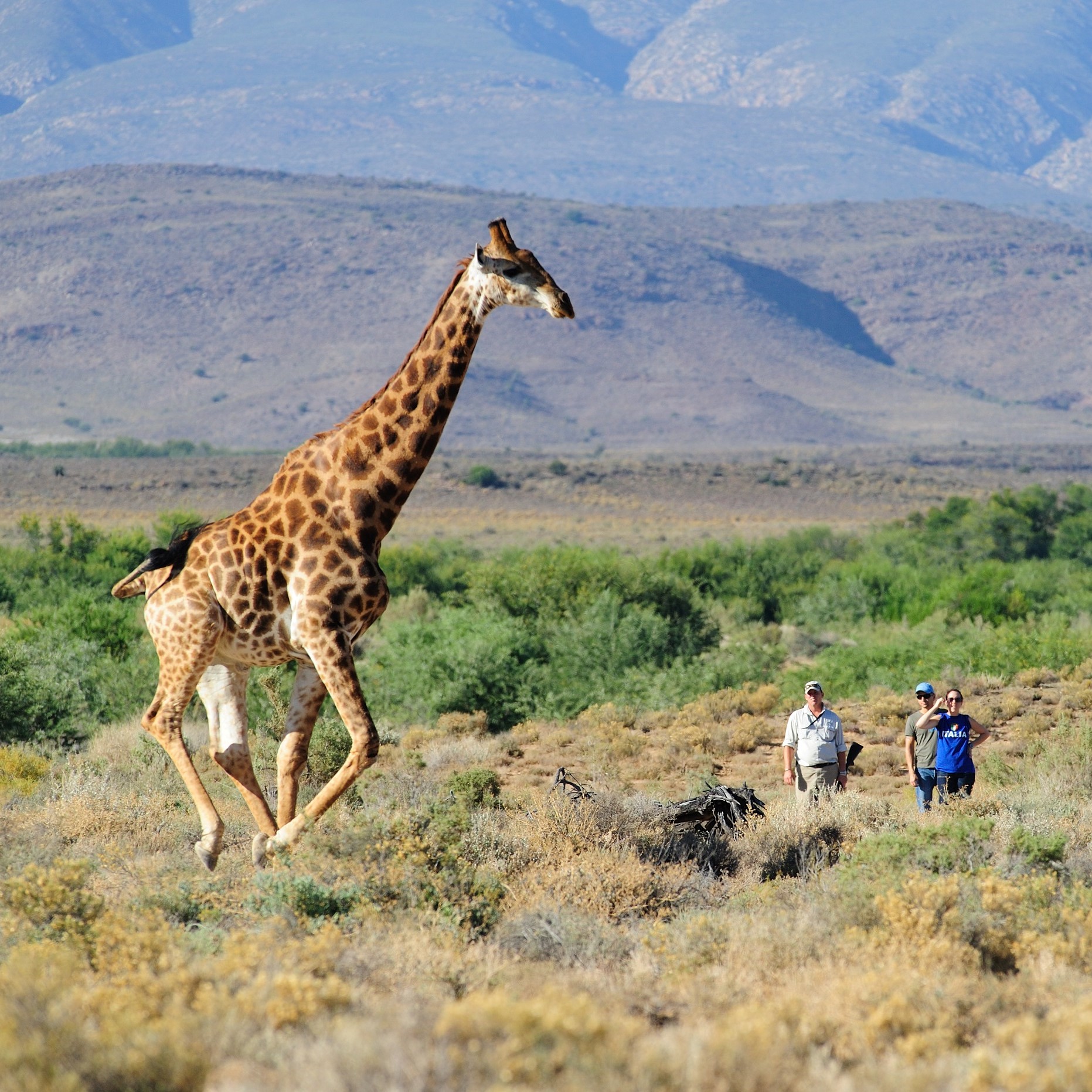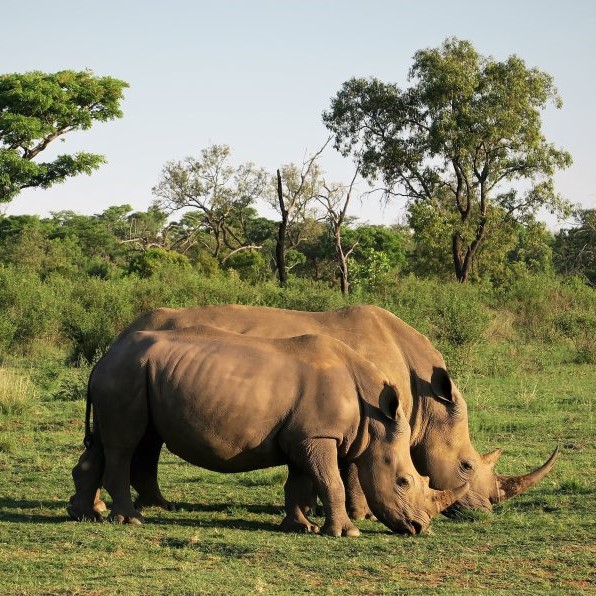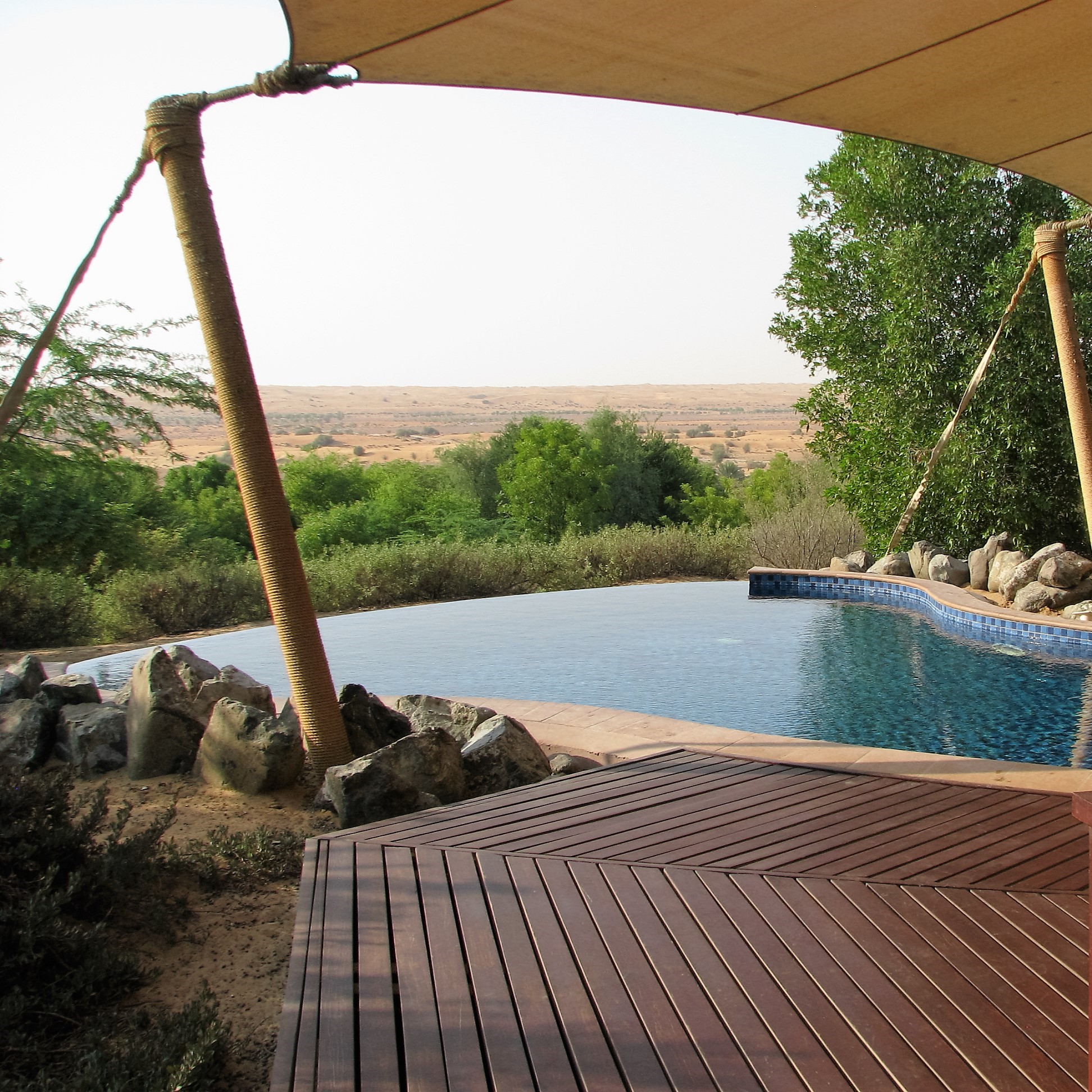MEDIA RELEASE – Mount Camdeboo, the private game reserve in South Africa’s vast and spectacular Great Karoo region owned by the Buchanan family, has recorded not one but two wins in the race to save wild cheetah from extinction.

Both success stories involve animals born in captivity – including two brothers hand-reared in Britain – and are in the process of being “wilded”. The cheetah, Acinonyx jubatus, has been declared a vulnerable species by the International Union for the Conservation of Nature (IUCN).
With fewer than 7000 animals remaining in the world, only 1000 exist in the wild. Most are in South Africa’s two largest game reserves, the Kruger and Kgalagadi National Parks, and can be regarded as healthy populations. The remaining 350 are spread between 50 smaller game reserves and it is these animals that are most at risk.
In the wild, 90 percent of cheetah cubs die in their first three months. Half fall victim to other predators and the rest die from infections which their immune systems, weakened by in-breeding, are unable to overcome. Overcoming genetic homogeneity is a focus of an Endangered Wildlife Trust initiative, the Cheetah Metapopulation Project, in which Mount Camdeboo Private Nature Reserve actively participates.
Partnering with Mount Camdeboo are Ashia Cheetah Conservation from South Africa and the Aspinall Foundation in Britain. Ashia is a not-for-profit organisation that tests and treats captive-born cheetah for disease and malnutrition. Their DNA is also mapped.
Four-year-old brothers Nairo and Saba were donated to Mount Camdeboo by the Aspinall Foundation. They arrived in South Africa last February from a zoo in England, the first cheetah born in Britain to return to their African roots. Saba was (of necessity) hand-reared by Victoria Aspinall, wife of Aspinall Foundation chairman Damian.

The Aspinall Foundation’s commitment is to conservation, through captive breeding education and reintroduction. As an animal charity, the foundation is working in some of the world’s most fragile environments to save endangered animals and return them to the wild. In South Africa, the Aspinall Foundation was founded in 1995 with their first reintroduction of eastern black rhino. They became the first charity to send a brown hyena born in the UK back to Africa. In more recent years, they have rescued elephants, giraffes and antelopes and have achieved another world first in conservation for sending a pair of UK born cheetah, Nairo and Saba, back to the wild.
“Our relationship with the Aspinall Foundation is based on respect and trust,” says Mount Camdeboo owner Iain Buchanan. “Damian and Victoria visited the reserve in 2019 and I told them of my desire to return the eastern Karoo to the days, 150 – 200 years ago, when it teemed with wildlife. “We took them for a helicopter flip around the reserve and they were blown away. I think they could picture their precious cubs running free in this magical landscape.
“We explained the Mount Camdeboo approach to conservation over the past two decades and they completely bought into our philosophy, ethos and vision. They were happy to shake hands on the deal right there and then,” says Buchanan.
“The rest is history albeit the story is ongoing. It has just been a pleasure to work with the Aspinall Foundation and I can’t wait for them to be physically part of the process when we release the two boys “into their forever free home”.
Mount Camdeboo Private Game Reserve covers 14 000 hectares, nearly 400 times the size of the wild animal park in Kent from which the Saba and Nairo came. The climate and topography are also very different.
However, it didn’t take long for the pair to bring down their first prey after being released into their current home, a 300ha “rewilding camp” that has been stocked with small antelope. The camp is devoid of other predators and closed to Mount Camdeboo visitors.
Adjacent to the hunting camp is an 8000ha enclosure with the characteristic Camdeboo landscape of savannah, high hills and deep valleys. “This is where we will release the brothers when we feel they are ready for the final leg of their odyssey,” says Buchanan.
In this area is Ava, another “Ashia” cheetah. She is older than Saba and Nairo, and a year further in the wilding process. Ava had her first litter of cubs in December 2020. Both sets of animals are monitored by Les Slabbert, one of Mount Camdeboo’s most experienced field guides.
Having a sheltered upbringing has proved no handicap to the brothers, he says, and they are in a class of their own when it comes to hunting. “I recently watched them pull down a fully grown kudu bull – something even wild-born cheetah would never normally attempt – in a classic two-animal kill. “Hunting is definitely in their genes.”

Saba and Nairo, he adds, are also quickly losing the dependence they developed in England on humans for companionship. Ava, says Les, is rearing her two cubs “as if she’s been doing it all her life instead of for the first time.” The litter was sired by one of Mount Camdeboo’s “wild” cheetah.
“While a first-time mother’s cubs are always more at risk than her subsequent litters, the absence of other predators in the enclosure enhances the chances of these little ones’ survival. They are very active and are clearly healthy.”
Mount Camdeboo Private Game Reserve is represented by NEWMARK Hotels, Reserves, Lodges and Residences, which operates nearly a score of hotels, reserves, lodges and residences in South and East Africa as well as Mauritius. Mount Camdeboo is located about 60km south-east of Graaff-Reinet and is in a malaria-free region of South Africa.
Accommodation currently comprises three elegant manor houses (two feature lavish “Out of Africa”-style décor and the third, with more contemporary furnishings, is ideal for families), as well as an intimate cottage for two.
For booking enquiries about the Eastern Cape’s iconic Mount Camdeboo Private Game Reserve, visit www.newmarkhotels.com
Check out this news item in the latest digital mag HERE





